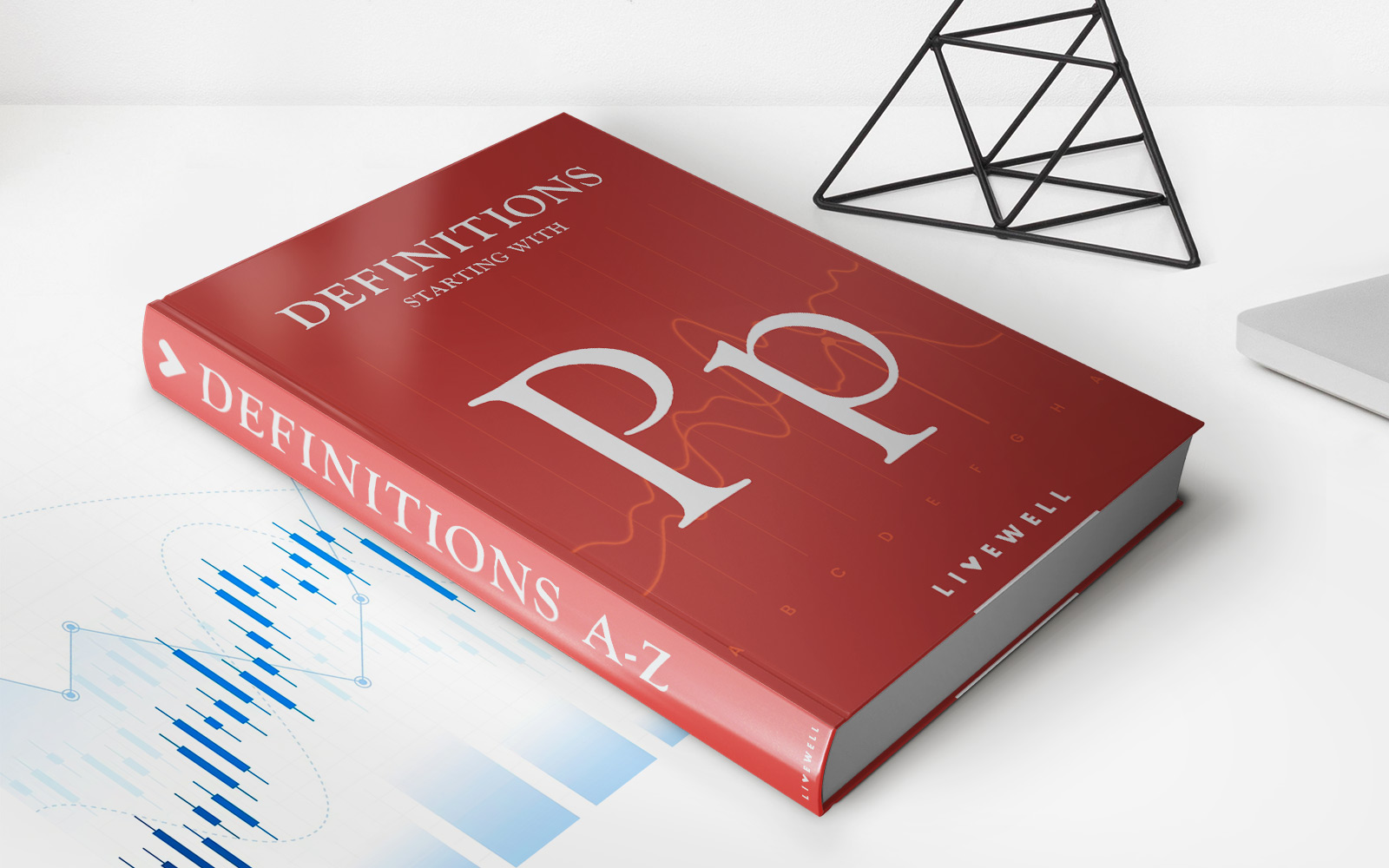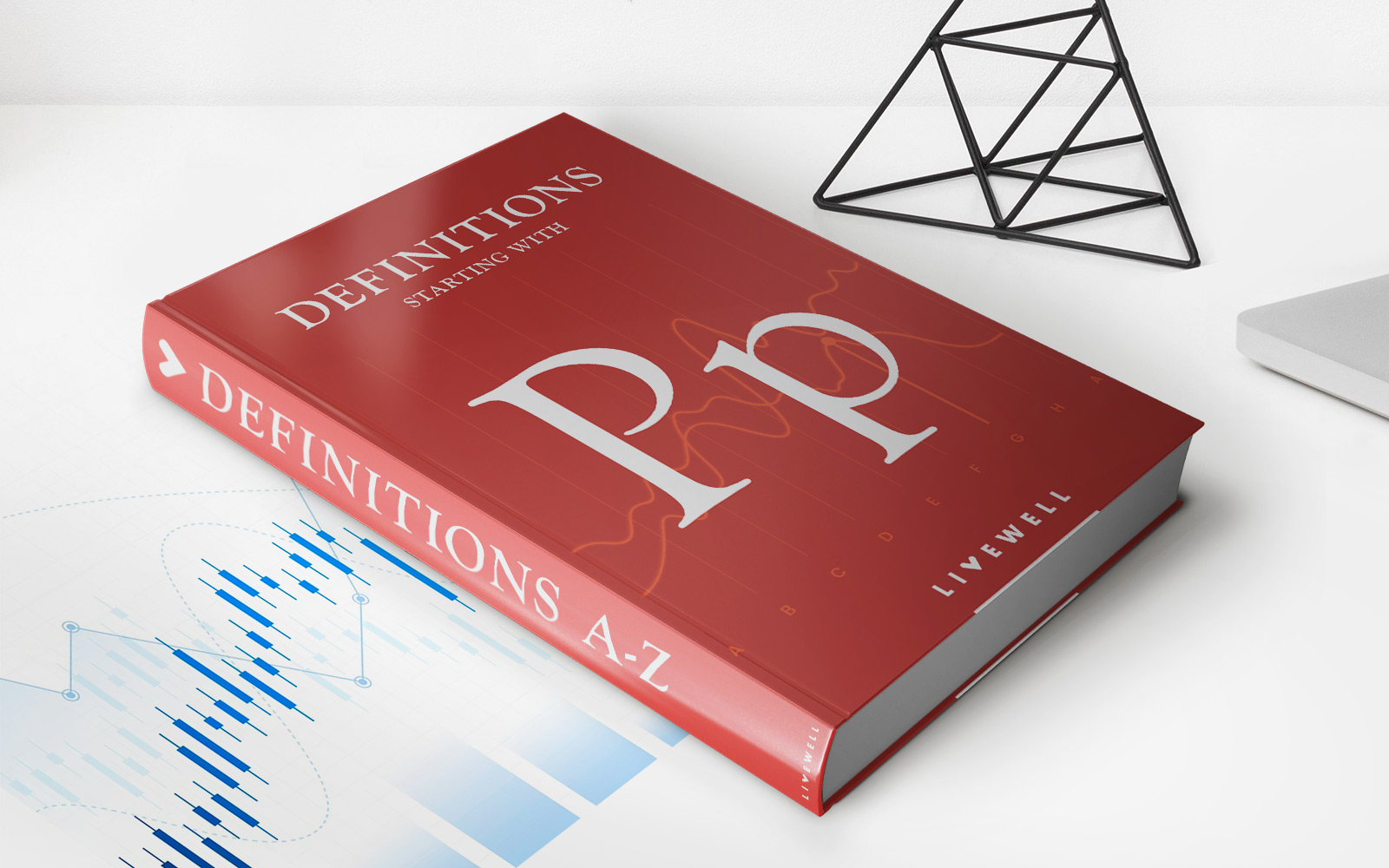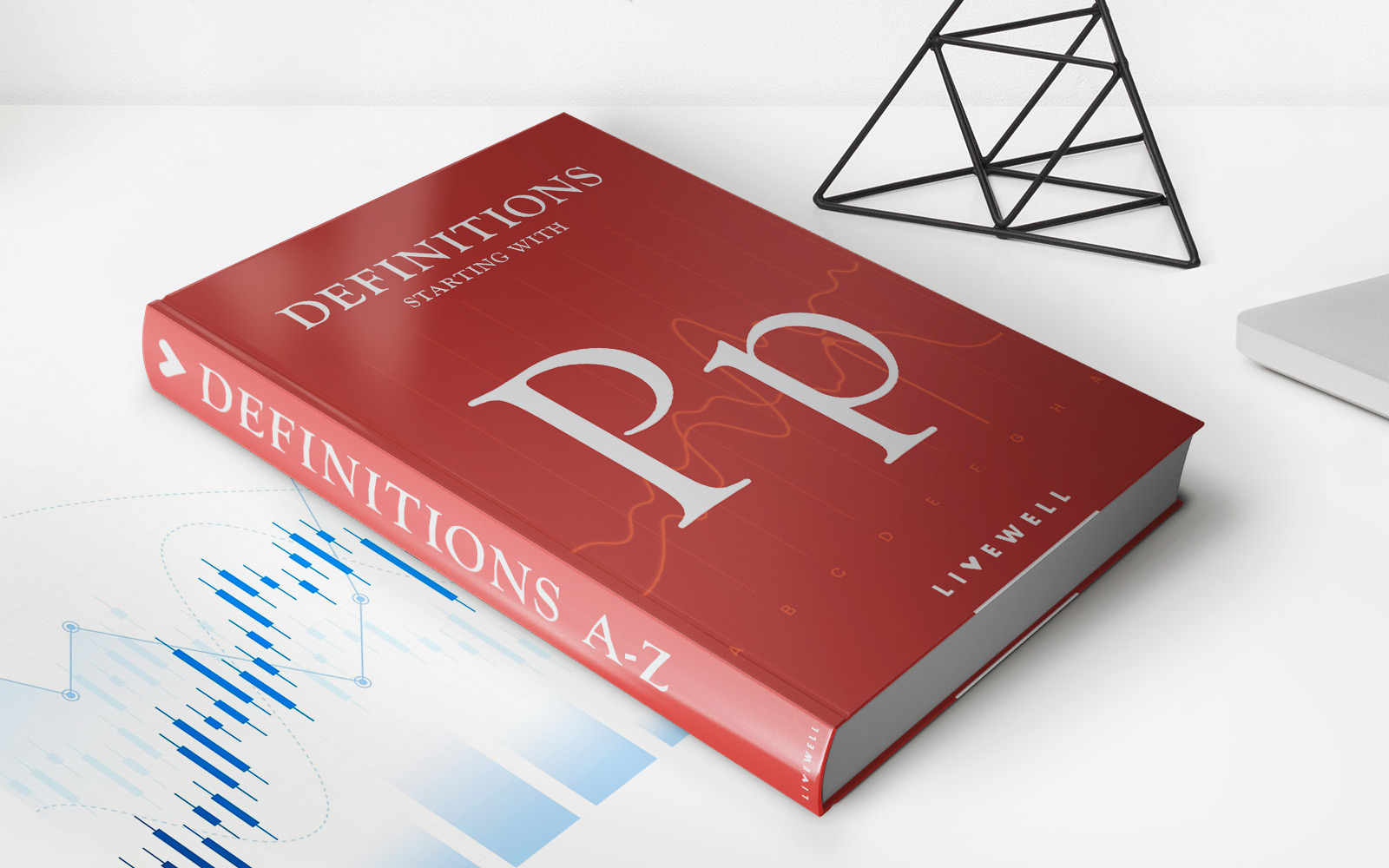Home>Finance>Price Value Of A Basis Point (PVBP): Definition And How It’s Used


Finance
Price Value Of A Basis Point (PVBP): Definition And How It’s Used
Published: January 11, 2024
Understand the concept of Price Value of a Basis Point (PVBP) in finance. Learn how PVBP is defined and its practical application in financial analysis.
(Many of the links in this article redirect to a specific reviewed product. Your purchase of these products through affiliate links helps to generate commission for LiveWell, at no extra cost. Learn more)
The Price Value of a Basis Point (PVBP): Definition and How It’s Used
As part of our FINANCE category, we’re diving into the concept of Price Value of a Basis Point (PVBP). This metric plays a crucial role in financial decision-making and analysis, especially in the realm of fixed-income investments. In this blog post, we’ll break down what PVBP is, how it’s calculated, and how it’s used to assess the sensitivity of bond prices to changes in interest rates. So, let’s get started!
Key Takeaways:
- PVBP measures the change in the price of a bond for a one basis point (or 0.01%) change in yield.
- It helps investors and analysts assess the impact of interest rate changes on bond values and make informed investment decisions.
What is PVBP?
Price Value of a Basis Point, also known as the dollar value of a one basis point (DV01), is a metric used to quantify the effect of a small change in interest rates on the price of a bond. It represents the amount by which the price of a bond will change for a one basis point movement in yield. PVBP is commonly used in fixed-income securities, where the relationship between interest rates and bond prices is crucial.
How is PVBP calculated?
To calculate PVBP, you need to understand the bond’s duration. Duration is a measure of a bond’s price sensitivity to changes in interest rates. The higher the duration, the more sensitive the bond price is to interest rate changes. PVBP is calculated by multiplying the bond’s modified duration by the bond’s current price.
How is PVBP used?
PVBP is a valuable tool for investors and analysts as it assists in assessing the potential impact of interest rate changes on bond prices. Here’s how PVBP is used:
- Portfolio risk assessment: PVBP helps measure interest rate risk by analyzing the sensitivity of bond prices within a portfolio to changes in interest rates. By calculating the PVBP for different bonds held in a portfolio, investors can assess the overall risk exposure and make informed decisions to manage their portfolio’s risk.
- Comparison of bond investments: PVBP enables investors to compare the price exposure of different bonds that offer varying yields and durations. By comparing the PVBP of multiple bonds, investors can identify bonds that offer a better risk-return tradeoff and choose the most suitable investments for their individual objectives.
In conclusion, the Price Value of a Basis Point (PVBP) is a crucial metric for understanding the impact of interest rate changes on bond prices. By measuring the sensitivity of bond prices to changes in interest rates, PVBP helps investors and analysts make informed decisions to manage portfolio risk and compare different bond investments. Incorporating PVBP analysis into financial decision-making can significantly enhance overall investment strategy and optimize returns.














